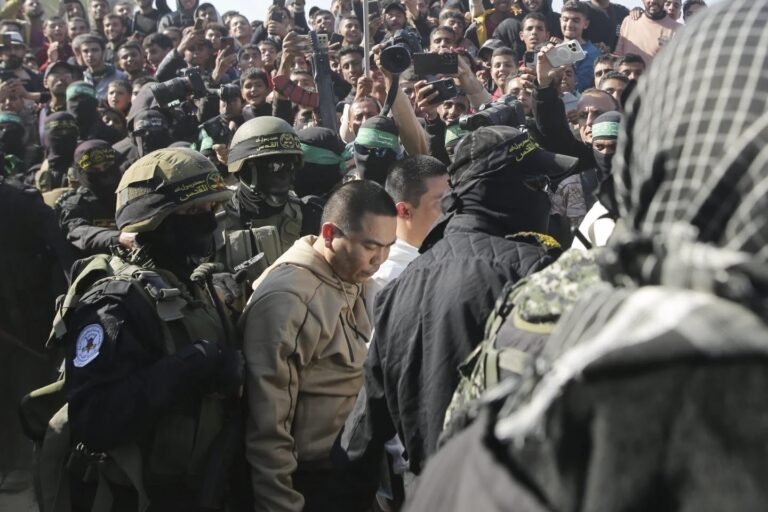NYtimes: The redevelopment of a 19th-century department store in Chelsea into luxury condominiums has caused damage to one of the oldest Jewish cemeteries in New York,? the final resting place for Jewish soldiers who fought in the American Revolution, among others, historic preservation officials said.
A substance that appears to be mortar from the adjacent construction site is spattered over a few dozen tombstones in the cemetery, which is owned by the oldest Jewish congregation in the city, Congregation Shearith Israel. Shelly Friedman, a lawyer for the congregation, said that the damage was discovered this week and that an archaeologist was studying the material to determine what it is and how to remove it from the tombstones, some of which mark the graves of descendants of the first Jewish families to arrive in New York.
“It’s a big deal because the cemetery is very important to us,” said Rabbi Marc D. Angel, the senior rabbi of the congregation, which is known as the Spanish and Portuguese Synagogue. “We are highly sensitive to anything that happens in that cemetery.”
This is the third Manhattan cemetery built by this congregation. The first, opposite Chatham Square, was in use from 1682 to 1828; the second, on West 11th Street, from 1805 to 1829; and this one, on West 21st Street, from 1829 to 1851. There are more than 250 grave markers in the small cemetery, some of them five feet tall and ornate, others simple and flat and worn by time.
Rabbi Angel said that the cemetery held the remains of three veterans of the Revolutionary War, two of whom died in 1784. It also has the grave of Harmon Hendricks, a prominent manufacturer of copper whose father, Uriah, was one of the 23 Jewish immigrants who founded the congregation.
A descendant of Hendricks, Harmon H. Goldstone, was the first full-time chairman of the city’s Landmarks Preservation Commission. He led a successful campaign to have the congregation’s first cemetery designated as a national historic landmark.
This week, the landmarks commission notified the department store site’s developer, Elad Properties, that it bore responsibility for any needed cleaning and repairing of tombstones, said Diane Jackier, a commission spokeswoman. Ms. Jackier said it was mortar from the construction site that had fallen on the cemetery and adhered to the tombstones.
Elad is renovating a 119-year-old building that wraps around the east and south sides of the cemetery. The five-story building, which takes up a block of the Avenue of the Americas from 20th Street to 21st Street, originally housed the Hugh O’Neill dry goods store.
Elad, which also owns the Plaza Hotel, is dividing the space into luxury condominiums, including two floors of glass-walled duplexes at the top, priced at $7.5 million each and advertised as “castles in the sky.”
The renovation, which includes the restoration of large golden domes on two corners of the building, required the landmarks commission’s approval because the property lies within the Ladies’ Mile Historic District. As part of an arrangement with Elad, the congregation agreed not to build any structures in the cemetery that would block the windows of the new apartments.
As part of that agreement, Mr. Friedman said, the developers are “paying for all the costs associated with the protection of the cemetery.”
A lawyer for Elad, Deirdre A. Carson, said she had worked closely with Mr. Friedman to monitor the situation and prevent any spillover from the site.
“Construction sometimes, no matter how well-intentioned all the parties are, can result in unintended events,” said Ms. Carson, a partner in the Greenberg Traurig law firm. Then she added, “I’m not saying that’s what happened here.”
But Mr. Friedman and Rabbi Angel said they had heard no other explanation of where else the splattered material could have come from. Workers set up protective scaffolding on Tuesday to cover the tombstones closest to the building.
Yesterday morning, construction workers were wheeling building materials across the roof of the O’Neill Building, about 75 feet above the cemetery.
Rabbi Angel said he had not heard that any of the tombstones had been broken, but only that this “airborne material” had adhered to some of them and would have to be removed. He said that word of the problem had not reached most of the 600 families in the congregation, but that he expected them to take the news in stride.
“This is the problem with having a cemetery in the middle of a bustling city,” Rabbi Angel said. “It’s hard to imagine that once this was a cemetery outside of town.”
He said that some of the graves had originally been in the congregation’s first cemetery but had been moved farther uptown because the city wanted the land for a new street. Among the remains relocated in 1856, he said, were those of two soldiers who died in 1784, Daniel Gomez and Abraham Judah. Another veteran of the Revolutionary War, Isaac Nunes Cardozo, died in 1832, a few years after this cemetery was established, Rabbi Angel said.










